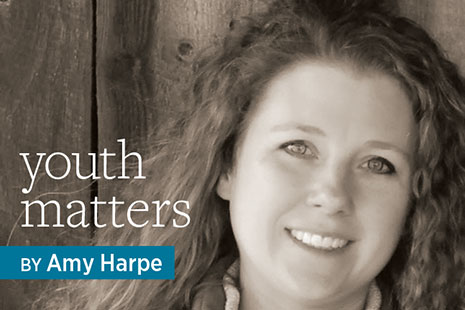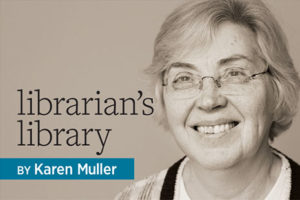
Many schools teach about endangered species and humans’ effect on the environment, but they don’t always look at other threatened aspects of our world. Culture and history are disappearing every day, whether it is a language on the verge of extinction, a musical instrument that no one plays anymore, or town history that no one remembers.
As we observe Preservation Week (April 22–26), keep in mind that even our youngest students are eager to hear about cultural and historic preservation from the people most invested in it. Our learners realize that everybody has a story and that these stories make a difference.
My own preservation journey with 3rd graders at Pilot Mountain (N.C.) Elementary School begins with Marie Wilcox. She is the last known fluent speaker of the Wukchumni language, which is spoken by a Native American tribe in California, and she has dedicated the past decade to preserving it by creating a dictionary. My students are captivated by Wilcox and her mission.
We begin our discussion by talking about the importance of documenting language. We also examine endangered traditions such as forms of dance, musical instruments, and arts and crafts. The students are engaged not only by stories of people who endeavor to maintain cultural traditions, but by interacting with the tradition themselves—for instance, a quick lesson on Irish step dancing or finger knitting. When I pull out a bag of spoons and tell students we are going to learn to play them, their expressions are joyful.
Even our youngest students are eager to hear about preservation from the people most invested in it.
By exploring cultural traditions and how individuals are protecting them, students learn empathy and stewardship. They begin to think about the world around them and how they can contribute. I love to use vivid storytelling—whether I’m explaining how the Gullah people from the Georgia and South Carolina Lowcountry region used sweet grass to make baskets, or describing fires that destroyed our town and led to the creation of the local fire department—to galvanize students’ compassion and understanding.
Thinking about bringing cultural and history preservation lessons to your library or classroom? Here are some ideas for successful programming.
- Contact local history groups. Members of our county’s African American Historical and Genealogical Society have spoken to students, and a historian visits our school each year to present the town’s history.
- Use your resources. Is there a tradition your area is known for? Could someone come in and share it? For a lesson on seed preservation, we contacted a nearby farm with a heritage apple orchard. I contacted master gardeners through our cooperative extension and asked them to come by and show the students how to graft trees.
- Line up primary sources. Partner with a public or academic library for primary-source photographs or ephemera that could enhance your students’ study of local history. Consult the resources of the Global Oneness Project, Library of Congress, Smithsonian Folkways, and UNESCO to enhance lessons.
- Make it engaging. Plan activities or other strategies to get students moving or interacting with the cultural traditions or primary sources being studied.
- Take a field trip. We are lucky that our school is within walking distance of our small downtown area. I take students on a historic walking tour every year to talk about how the community has changed over time.
There are so many compelling stories that can teach our students about the wonderful diversity in our world and about why a variety of histories and cultural traditions need to be preserved. If you are excited about the Svalbard Global Seed Vault in Norway, chances are they will be too. Excited students share information with their families and communities, and look at people for their stories, not their stereotypes.


